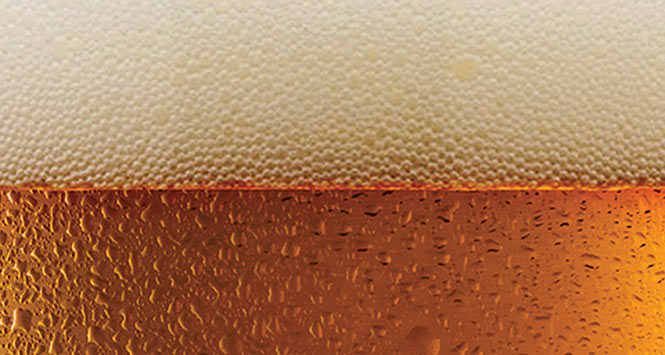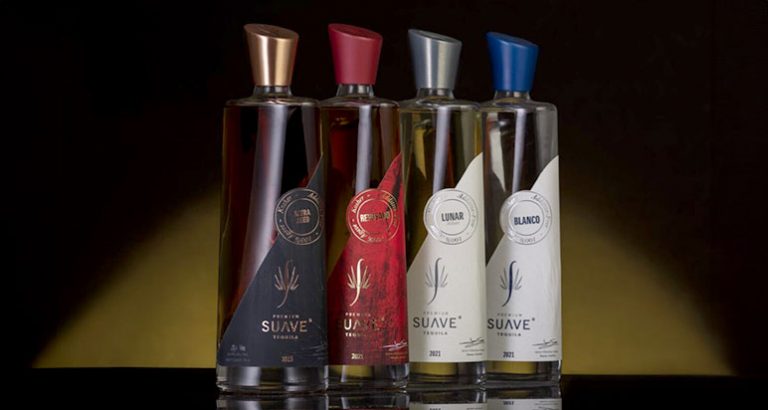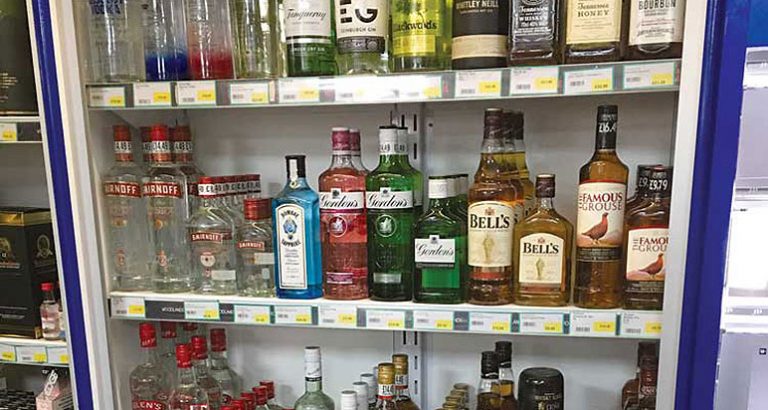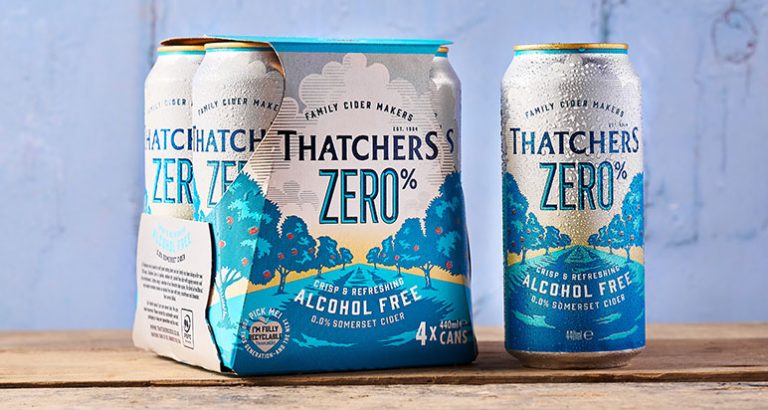The beer category is one that is constantly changing and with the rise in popularity of craft beer, convenience retailers need to work harder than ever to keep existing beer shoppers interested and attract new consumers to this growing category.
by Émer O’Toole
Whatever way you look at it, £1.1bn is a lot of a liquid. And that’s the figure beer is estimated to be worth in the impulse channel. Sales don’t just come from the big-name lager brands though, so retailers have to work to ensure their fixture is delivering what consumers want – particularly the trend-influenced younger demographic.
Heineken says 63% of consumers look for new and exciting flavours when choosing premium varieties, so the brand’s recent innovation within brands such as Foster’s, John Smith’s and Strongbow offers retailers products to suit this.
Pushing into premium territory is the next step after stocking up on standard product lines. “With the mainstream beer and cider categories struggling for growth, retailers should consider streamlining their range to make space for premium brands that will drive value and encourage trade-up,” says Craig Clarkson, Category & Trade Marketing Director – Off Trade, Heineken UK.
With 66% of cider and beer shoppers buying premium brands, that means stocking brands such as Amstel, Birra Moretti, Sol and Tiger can generate growth. “Ensuring you have a range of premium beers for customers to choose from is becoming ever more important as 18% of shoppers would like more premium options,” says Clarkson.
Pack sizes is also a puzzle worth solving. “Convenience retailers should focus on a range architecture that meets a number of key price points to cater for the different shopper missions,” says Jessica Markowski – Head of Consumer Activation, AB InBev. “The convenience channel has a heavy bias towards single/small packs, so the range architecture should reflect this.”
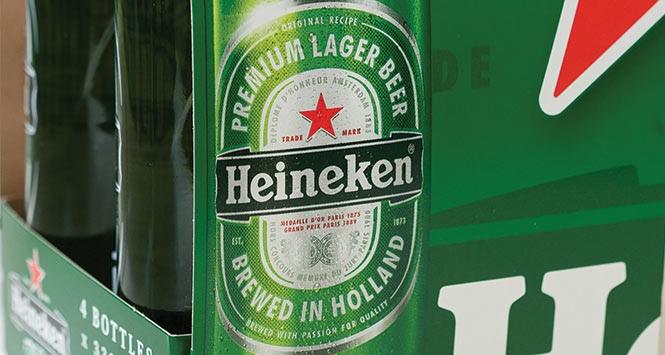
- With 66% of cider and beer shoppers buying premium brands, independent retailers are also advised to ensure they have a range of premium beers as 18% of shoppers would like more premium options.
- It’s crucial for retailers to keep their chiller fully stocked. Heineken’s Star Retailer scheme offers retailers advice on how to merchandise their beer and cider offering. Scottish retailers are advised to separate cider and beer in the chiller and give both beer and cider the space each category requires versus the sales it contributes.
- Multi packs play a key role for independents, particularly ahead of big sporting events like the UEFA Champions League and the Euros. Stocking multipacks on branded display units and running promotions with complimentary categories, such as snacks, helps impulse purchases.
It is also worth considering whether you are providing the right ratio between well-known brands and craft beer brands. Edinburgh-based brewery, Caledonian, is extending its range of bottled beers to include its two newest craft beers: American inspired Pale Ale, Coast to Coast and craft lager, Three Hop. Managing Director of Caledonian Brewery, Andy Maddock, says: “Craft is on the tip of everyone’s tongue and with that buzz continuing to drive new consumers into the beer category, the bottle format offers our customers the opportunity to experiment with their range to give consumers a great choice of quality beers. What we’re doing with modern craft through the two most recent additions to our range reflects the dynamic, innovative and vibrant ethos our customers have come to expect and that has always characterised our approach here at the brewery.”
Keeping it Scottish, McEwan’s will celebrate its 160th birthday this year and its IPA is a modern twist on the Original McEwan’s IPA from the 1850s, and is attracting a new generation of drinkers to the brand. Tara Karimian, Marketing Manager for McEwan’s Beers, says: “With the craft beer revolution in full swing, there has been concern from some that older breweries, would suffer. While this is a challenge, McEwan’s strong heritage, coupled with an ability to adapt and create new brews like our IPA, will see us through another 160 years.”
At Brookfield there has been a major push on Kestrel of late, which has been repositioned as offering premium value and a superior taste. Kestrel sells especially well in convenience and independent retailers due to the value for money offered. Kestrel Premium 5% abv lager has an rrp of £4.00 for a 4X500ml pack. Kestrel Super Premium 9% abv lager has a rrp of circa £2.00 per can, and is also available in an 8% variant.
Also from the company is Super Bock, a Portuguese beer that will benefit retailers looking to capitalise on the world beer upsurge. With an rrp of £5.00 for a 4x330ml NRB pack, Super Bock is anticipated to become a great seller and a must stock addition to your range.
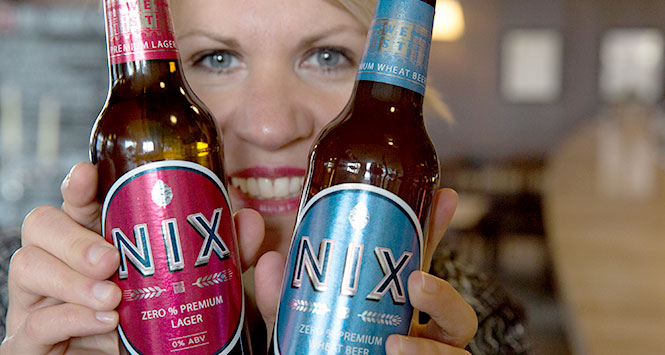
With the reduction in the drink driving limit in Scotland there has been an increase in investment in alcohol-free beers. Once (probably rightly) considered a bit of an unpalatable joke, the alcohol free market is becoming sophisticated. Opinium research revealed that nearly a fifth (19%) of UK consumers are unable to taste the difference between alcohol and alcohol-free beer.
Sales in Scotland demonstrate that alcohol-free beer is outperforming the wider market within the on-trade, with a growth of over 22%. New research released by AB InBev UK also reveals the growing popularity of alcohol-free beer among the Scottish public. Nearly a third (30%) have now tried alcohol-free beer – this falls slightly for Glaswegians (28%) and rises to 33% for those from Edinburgh. Of those who have tried alcohol-free beer, 11% drink it at least once a week.
“There are real opportunities in low/no alcohol beer,” says Jessica Markowski – Head of Consumer Activation at AB InBev. Well-established, the company’s Beck’s Blue is the market leader, contributing to 58% of the category, and increasing 15% year on year in retail.
“Millennials will be key to this category growth, with over a fifth (21%) of those aged 18 to 34 looking to choose alcohol-free beer in January 2016, an increase of 10% on 2014,” says Markowski.
The likes of Beck’s, San Miguel, Tennent’s Hee Haw and Erdinger all have alcohol-free beers worth considering, and even craft brewers like Brewdog (with its Nanny State brew) and West are getting involved. The latter recently launched Nix, a new brand of alcohol-free beer. Offering two different beers — Nix lager 0.0% ABV and Nix wheat 0.0% ABV — the new brand aims to tap into the growing alcohol-free beer market.
West founder Petra Wetzel says: “Whilst Nix lager is cool, crisp and clean-tasting, Nix wheat is fruity and refreshing. Both represent the perfect blend of our Glaswegian heart and German head and both are a natural extension of our adherence to the Reinheitsgebot of 1516; the German purity law which prescribed the use of only barley, hops, yeast and water in beer making. No chemicals. No preservatives. No artificial flavours. Now no alcohol.”


